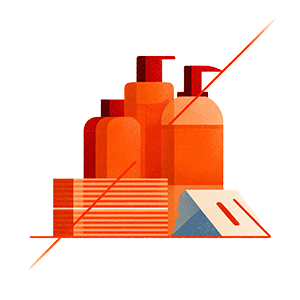

The hidden cost of outdated property management
We make it easy to measure and verify that cleaning and service is actually performed.
With QlvrBox , QlvrActivity and our dashboards you get clear traceability, fewer complaints and better decision-making.
The result:
-
Cleaning empty spaces while overlooking high-traffic areas.
-
Reactive service that responds to complaints instead of preventing them.
-
No visibility into what is actually happening in your facilities.
-
Rising costs without a clear path to optimization.
-
Waste of resources and the environment from unnecessary service.

From reactive to intelligent property management
Autonomous operation
Service schedules automatically optimize themselves based on actual traffic and usage. Your cleaning happens exactly when it's needed, never too early or too late.
Predictive intelligence
Our AI analyzes real-time usage patterns from IoT sensors. Know exactly when and where service is needed—before problems arise.
Transparent communication
E-ink displays show visitors when spaces were last serviced. QR codes enable instant feedback. Build trust through transparency.
This is Optiqo

Sensor network
Track temperature, air quality, supply levels (toilet paper, soap, paper towels, trash cans) in real time. Know what needs attention before visitors notice.

Management dashboard
Real-time analytics, predictive alerts, and automated work orders. Full visibility and control from anywhere.
Our way
4G-connected IoT devices with PIR sensors, NFC readers, and e-ink displays. Monitor traffic, verify service delivery, and communicate with visitors—all in one autonomous device.

Mobile applications
We are high-performing and driven professionals with broad operational and strategic experience.


Results that speak for themselves
Customer case:
Large American Airport
Challenge: 1 million monthly passengers, unpredictable traffic, frequent complaints.
Solution: Optiqo's predictive system with QlvrBox displays.
Result: 43% cost reduction and 70% fewer complaints
30-50%
Average cost reduction
Based on data from hospital implementations.
200+
Global facilities
We have customers in various sectors such as airports, hospitals and commercial properties.
4
Continents
We have customers in North America, Europe, Asia, Oceania
How AI optimization reduces environmental impact
When AI optimizes cleaning schedules based on actual usage instead of arbitrary time intervals, the environmental benefits become tangible. Every unnecessary cleaning cycle eliminated saves chemicals, water, disposables, and man hours.

"We know that a hospital can reduce its cleaning costs by between 30 and 50 percent through our solution. It is also an important sustainability aspect. Avoiding unnecessary cleaning reduces the use of chemicals, cleaning agents and disposable materials, which reduces the environmental impact."
Emma Ekdahl, CEO Optiqo Group

More efficient resource management
Water, energy and resources are only used when actually needed.

Lower carbon footprint
Optimized service routes and reduced cleaning frequency reduce emissions.

Our way
Fewer cleaning cycles mean less consumption of cleaning agents and chemicals.

Less disposable materials
Precise needs-based service prevents overuse of paper towels, soap and other consumables
Designed with sustainability in focus
Timely service minimizes resource use

Industries we work with

Airports
We are high-performing and driven professionals with broad operational and strategic experience.

Hospital & healthcare
Medical-grade cleanliness with verified compliance. Real-time hygiene assurance.
Selected customers: Stanford Healthcare, several large Swedish hospitals

Commercial properties
Optimize service across portfolios. One platform for all your facilities.
Selected customers : Siemens, Vasakronan

And more...
Shopping malls, hotels, universities, public facilities.
→ See all industries
Step 1.

Fast implementation
QlvrBox units install in minutes per site. Most sites are fully operational within days, not months.
Step 2.

AI learning phase
The system observes patterns for 2-4 weeks, establishing baselines for traffic flows, peak times, and usage patterns.
Step 3.

Autonomous optimization
AI starts generating optimized schedules automatically. Staff receive work orders based on predictive intelligence, not guesswork.
Step 4.

Continuous improvement
The system continuously learns and improves. Every service interaction makes predictions more accurate.
From installation to optimization in weeks
A selection of our customers






















Transform your property management today
Book a free meeting with our experts
We are high-performing and driven professionals with broad operational and strategic experience.
